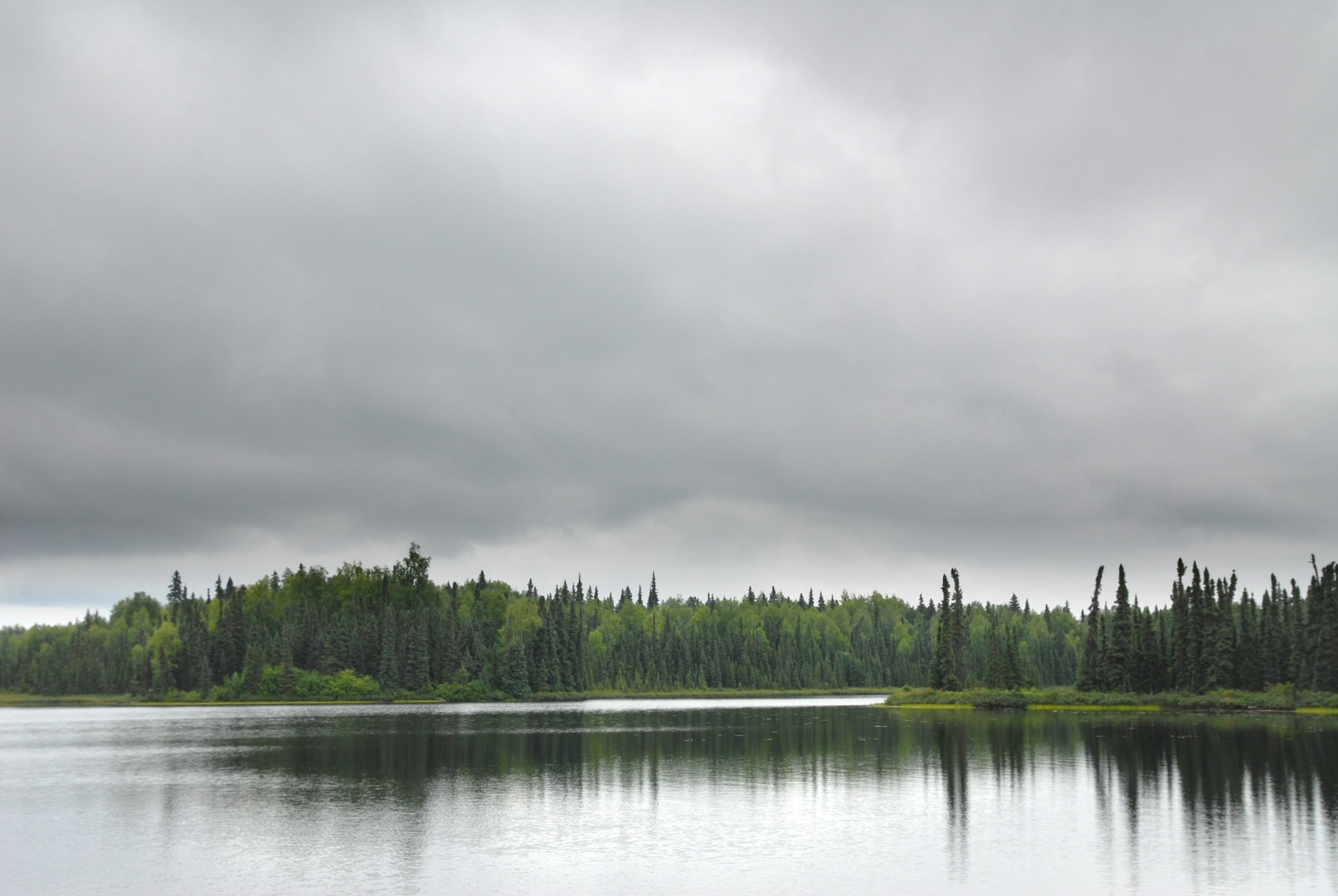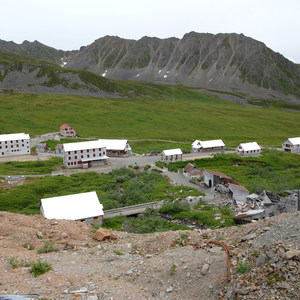You are here
Just 75 miles north of Anchorage, the Nancy Lake State Recreation area is a rare Alaskan gem in that it is almost completely flat, dotted with placid lakes, and completely protected in the name of recreation and conservation.
Though camping, fishing, and hiking are recreational highlights in the summertime, the best way to experience this lush swath of backwoods is by way of canoe. The Lynx Lake Loop is a perfect day trip even for those with little to no canoe experience. Beginning in Willow, you'll hop between 14 small, placid lakes, putting in at Tanaina Lake, and taking out in the same place. Canoes and kayaks can be rented from Tippecanoe Rentals in Willow, and they'll have everything waiting for you at the trailhead.
From there, the aquatic trail is surprisingly well marked with bright orange markers denoting portage trails that are mostly comprised of a series of dirt paths and simple two-by-four boardwalks. Though these portage trails are generally well-maintained, packing light will improve your experience and make the going easier—especially if you're not used to lugging a canoe. Insider tip: locals joke that the mosquito is "the state bird," and they can be out with a vengeance once the world warms in late spring to mid-summer. Catch this trip instead on a warm fall weekend and you'll skip the mosquito assault and the crowds.
The Nancy Lake State Recreation Area is situated within the Susitna River Valley, which has been, over hundreds of thousands of years, meticulously carved and sculpted by behemoth glaciers. Today, what remains is only a shadow of the geological turmoil wreaked by the slow-moving glacial masses: a rolling landscape of elongated glacial deposits known as drumlins. Thanks to the hundreds of lakes and ponds and a lack of mineral-rich deposits, it has largely escaped human development and now serves as an ideal wildlife refuge and recreation area.
During a trip through the area, it's almost impossible to go without seeing a beaver. Other notable residents include moose and black bears, though both of their presence is dependent upon available food supply. If you have an affinity for birdwatching, this trip is a real delight: Curious common loon abound and are fascinated by the slow-moving canoes, while Arctic terns are a marvel to see once you try to wrap your head around the 12,000-mile migration they weather each year to return to their Alaskan nesting grounds from the Antarctic.
Logistics + Planning
Current Weather: Powered by Dark Sky

































Comments
Sign In and share them.